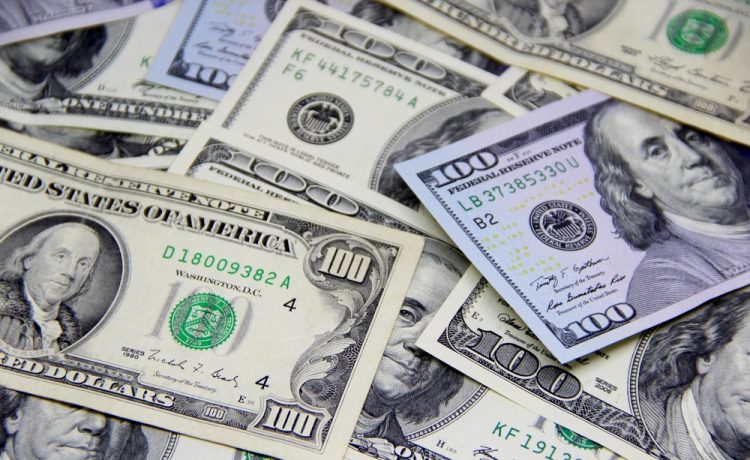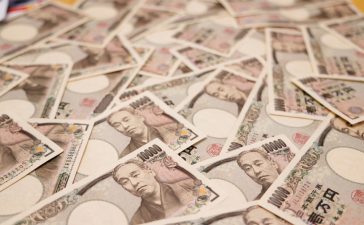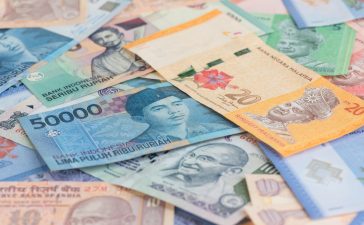Wall Street’s main indexes opened higher on Thursday, recovering from a broad sell-off in the earlier session as investors clung to hopes of borrowing costs easing next year
The dollar eased to a 3-day low against a basket of currencies on Thursday as the previous session’s risk aversion-led lift for the dollar faded and traders braced for Friday’s U.S. inflation figures for clues to the path of future Fed policy.
Wall Street’s main indexes opened higher on Thursday, recovering from a broad sell-off in the earlier session as investors clung to hopes of borrowing costs easing next year.
Data on Thursday showed the number of Americans filing new claims for unemployment benefits increased just marginally last week, indicating underlying strength in the economy as the year winds down. Separate data showed GDP rose at a 4.9 per cent annualised rate last quarter, revised down from the previously reported 5.2 per cent pace.
The Fed held interest rates steady last week and policymakers signalled in new economic projections that the historic monetary policy tightening engineered over the last two years is at an end and lower borrowing costs are coming in 2024.
Attention now turns to Friday’s reading on U.S. core PCE index. An increase of 0.1 per cent for November would see the six-month annualised pace of inflation slow to just 2.1 per cent and almost at the Federal Reserve’s target of 2 per cent.
Markets reckon the slowdown in inflation means the Federal Reserve will have to ease policy just to stop real rates from increasing, and are wagering on early and aggressive action.
The U.S. dollar is the weakest major currency today amidst mixed economic data, said Matt Weller, head of market research at StoneX.
The dollar index, which tracks the U.S. currency against six peers, was 0.439 per cent lower at 101.96.
US equity market outperformance through December rather suggests that passive hedge rebalancing flows will run against the dollar through month end, said Shaun Osborne, chief FX strategist at Scotiabank.
The dollar was 0.83 per cent lower against the Japanese yen after Japan’s government on Thursday slightly raised its economic growth projections for this fiscal year from its earlier estimates.





